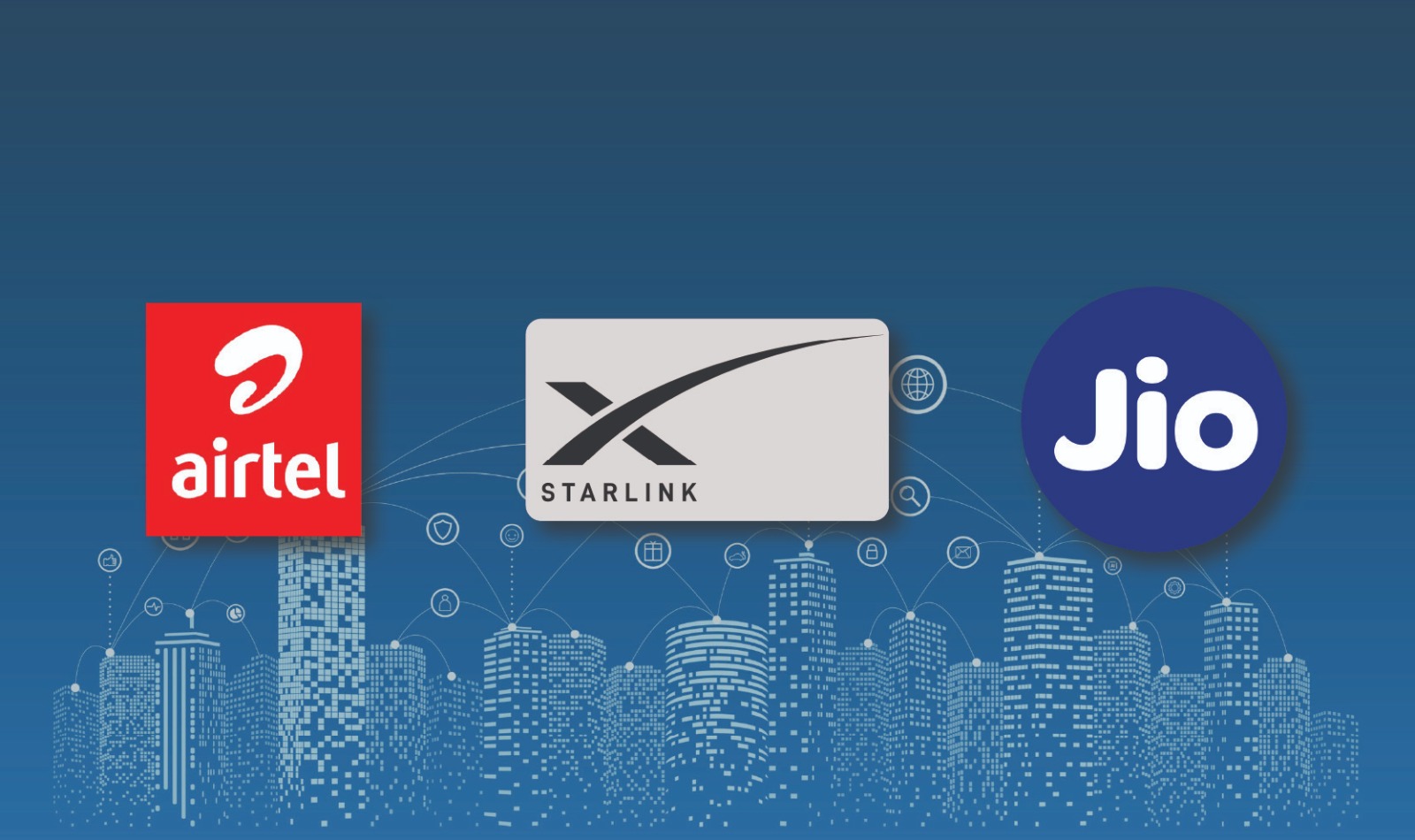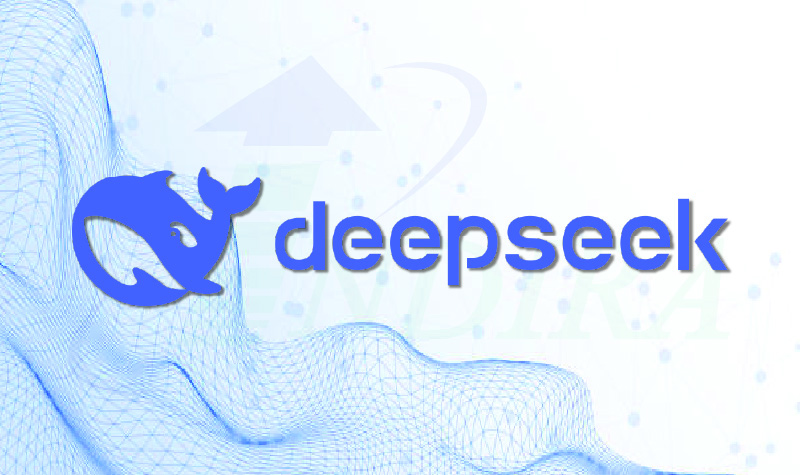India’s digital transformation is entering a transformative phase with the impending arrival of satellite-based internet services. Elon Musk’s Starlink, a division of SpaceX, has forged strategic partnerships with telecom titans Reliance Jio and Bharti Airtel, marking a pivotal shift in India’s connectivity strategy. This collaboration aims to bridge the urban-rural digital divide while reshaping market dynamics in one of the world’s fastest-growing internet economies. Investors are closely monitoring Reliance Jio stock analysis and Airtel stock market news as these developments unfold.
From Rivals to Allies: A Strategic Pivot
Starlink’s journey into India initially faced resistance from Jio and Airtel, who dominate the country’s telecom sector. However, in a surprising reversal, both companies announced partnerships with Starlink in March 2025, signaling a shift from competition to cooperation. This alliance not only enhances Starlink’s regulatory prospects—pending approvals from the Department of Telecommunications and IN-SPACe—but also positions Jio and Airtel to leverage cutting-edge satellite technology without heavy R&D investments. Gwynne Shotwell, President of SpaceX, emphasized optimism about the collaboration, highlighting its potential to expand high-speed internet access nationwide.
LEO Satellites: A Technological Leap
Starlink’s innovation lies in its low Earth orbit (LEO) satellites, operating 200–2,000 km above Earth, a stark contrast to traditional geostationary satellites at 35,000 km. This proximity reduces latency, improves reliability, and enables coverage in remote regions lacking fiber or cellular infrastructure. However, maintaining a vast satellite constellation demands significant investment, and service quality can be affected by weather or physical obstructions. Telecom expert Sandeep Budki notes that LEO technology eliminates the need for ground infrastructure, making it ideal for India’s diverse terrain.
Bridging the Connectivity Chasm
The partnership’s primary promise lies in addressing India’s rural-urban digital gap. Over 70% of India’s population resides in villages where traditional broadband remains inconsistent or absent. Airtel plans to deploy Starlink in schools, healthcare centers, and remote communities, aligning with its rural-focused strategy. Jio, meanwhile, adopts a broader commercial approach, offering Starlink hardware online and in stores with installation support, targeting both households and enterprises. Beyond rural empowerment, sectors like agriculture, logistics, and aviation stand to gain. Starlink’s potential in-flight internet could revolutionize domestic air travel, mirroring global trends.
Competition and Market Dynamics
The Jio-Airtel rivalry extends to their Starlink strategies. While Airtel emphasizes social impact, Jio aims for widespread accessibility. This competition intensifies pressure on Vodafone Idea and BSNL to innovate or seek similar alliances. Meanwhile, global players like Amazon’s Kuiper and Eutelsat OneWeb are eyeing India’s satellite broadband market which is projected to grow at 36% annually, reaching $1.9 billion by 2030 (Deloitte). Despite Starlink’s premium pricing—expected at ₹5,000–7,000 monthly with hardware costs up to ₹38,000—its B2B focus could thrive in enterprise and SME sectors.
Challenges: Affordability, Regulation, and Security
While the partnership’s potential is vast, hurdles remain:
- Cost Barriers:Starlink’s services are pricier than local broadband, limiting mass adoption. Analysts suggest subsidized models or government collaborations to enhance affordability.
- Regulatory Hurdles:Spectrum allocation, data localization, and licensing require swift resolution to avoid delays.
- Security Concerns:Starlink’s data collection practices and Musk’s geopolitical decisions, like restricting services in Ukraine, raise questions about reliability and privacy.
Investor Outlook and Future Trajectory
For investors, the alliance opens avenues to tap into underserved rural markets, boosting Jio and Airtel’s ARPU. However, Bernstein and Bank of America caution that Starlink’s high costs and limited satellite capacity may constrain its reach against established 5G and FWA (Fixed wireless access) networks. Success hinges on integrating Starlink into affordable plans and ensuring seamless last-mile connectivity.
Conclusion: A New Dawn for Digital Inclusivity
The Starlink-Jio-Airtel collaboration exemplifies cooperative competition, blending satellite innovation with telecom expertise to democratize internet access. While affordability and regulation pose challenges, strategic pricing and government support could catalyze India’s largest digital leap. As the nation strides toward a connected future, this partnership may set a global benchmark for bridging the digital divide through technological synergy.
Will satellite internet become India’s connectivity cornerstone? The answer lies in balancing innovation with inclusivity. For more information, visit https://www.indiratrade.com/


